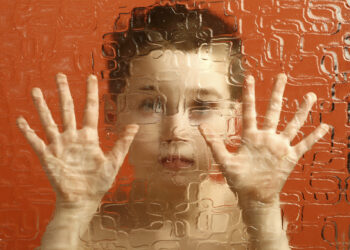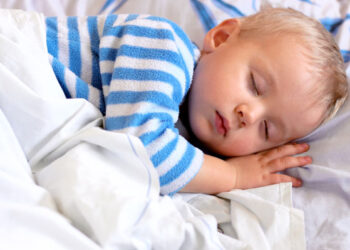
PANS PANDAS – A Parents Guide
What is PANS PANDAS? PANS PANDAS is a disease that affects children and results in symptoms such as obsessive compulsive behaviours, tics, anxiety, urinary problems (such as wetting or enuresis) and eating problems including difficulty swallowing or eating restriction. The symptoms usually occurr suddenly in a child that has previously developed normally. Some parents describe […]

How to get your child to sleep
https://www.goodtoknow.co.uk/family/how-to-get-your-child-to-sleep-287753

Should you send your child back to school?
Many parents are struggling with the decision of whether or not to send their children back to school in the next week or two. Click on the following link to see the thoughts of experts including Dr Tim Ubhi; Should we send our children back to school?
